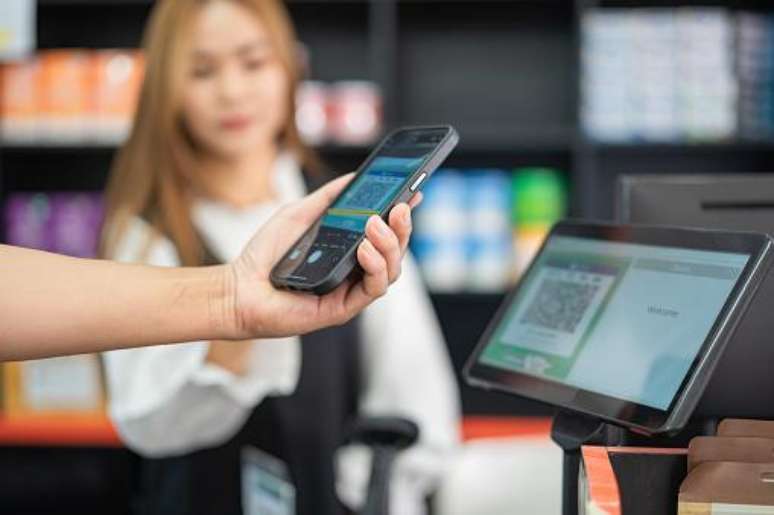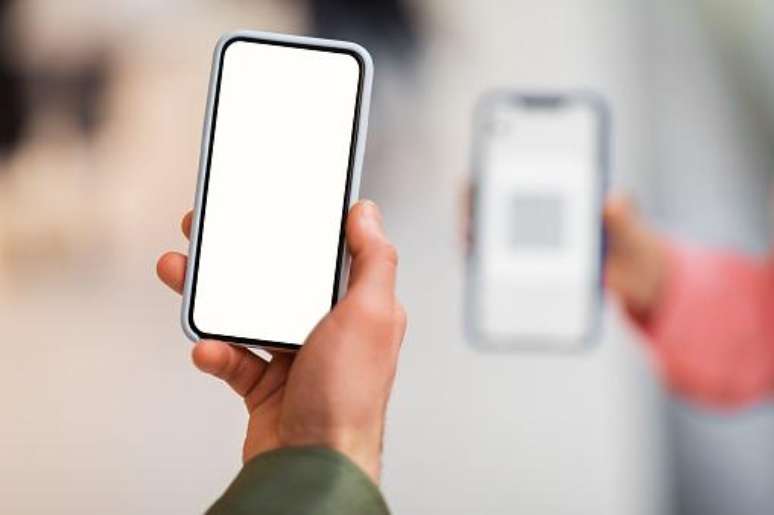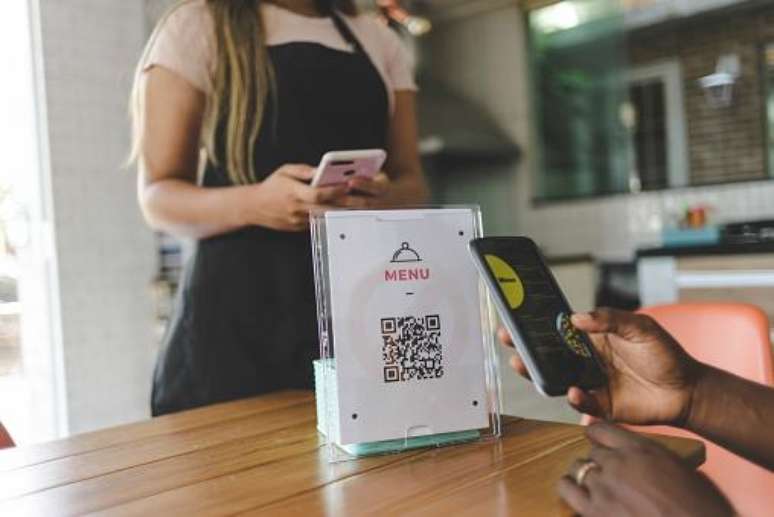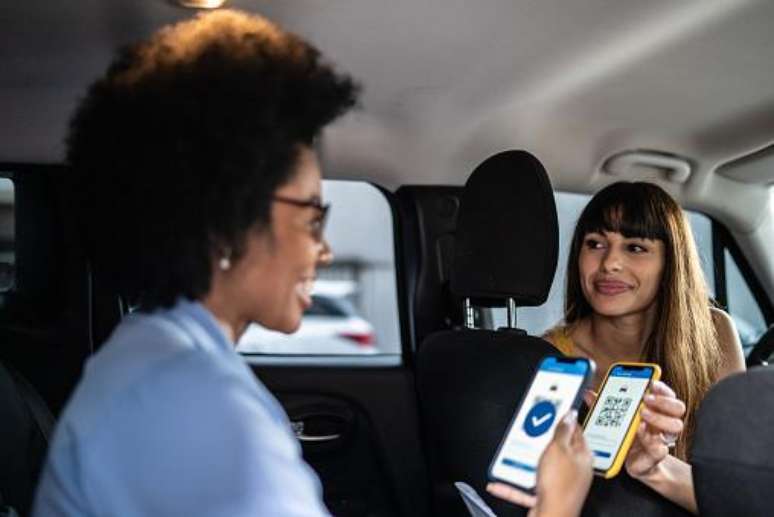There is no doubt that QR codes have arrived to speed up various forms of communication and even add a new way of making payments. However, you need to be careful because not all of them are completely legitimate.
To give you an idea, in 2022 the FBI issued an alert informing of the manipulation that some cybercriminals were doing on legitimate QR codes, with the aim of stealing bank details on a fake website. Within a few weeks of this alert, more than 20 million people scanned this fake code during an American football game.
So the question that remains is: how to protect yourself from scams using QR Codes? We will talk about this topic and give you some advice in the following lines.
After all, what is a QR code?
Before we get to the tips, let’s give you a quick explanation. QR codes are a kind of two-dimensional barcodes used to store different types of data. After pointing the camera of a smartphone or tablet at it, the device reads it and transmits the information present in the captured sequence on the screen.
From a more technical point of view, each QR Code is capable of recording more than four thousand characters of data. They can be used to direct the user to a specific website, upload an image or music, and even generate a link to download a file.
It is precisely because of this versatility of use that more and more criminals are turning to the “new barcode” to carry out various actions. Some of them include:
“Be wary of QR codes that are unsolicited or appear out of nowhere via SMS, email, WhatsApp, Telegram or messaging apps. Be sure to check them carefully when scanning and make sure the source is reliable,” advises Igor de Andrade. , digital security specialist at HostGator.

How to protect yourself from scams involving QR Codes?
When talking about QR Codes, you need to be careful not to fall victim to the increasingly widespread scams on the internet. Check out some suggestions in the following lines.
1. Be cautious
The first tip to avoid falling for scams involving QR Codes is to stay calm. Before reading the code, take a look at which company is making this disclosure and whether you really trust them.
If you are in a venue and decide to use a QR Code to make the payment, it is always good to check the data on the screen of your smartphone. It’s also worth confirming the details with the merchant themselves to ensure you’re making the correct transaction.
2. Check the URLs

If the QR Code you scanned takes you to a specific page, it’s worth keeping an eye on the link that opens.
Before entering any data on this new page, confirm that it actually matches the company’s website to avoid fraud. If you can’t identify anything suspicious, but still have doubts, you can search for the URL on Google and check if it’s actually true or use specific programs.
“Use applications that show you the destination before you click, such as QR Reader, QR Reader for iPhone and others. This will bring greater security before reaching the destination and being faced with malware, ensuring that the source is safe,” he commented the digital security specialist.
3. Don’t download QR Code apps
It has become increasingly common to find criminals using QR codes to place malicious files on your smartphone. You should therefore be careful if the code in question is for a download.
If you are really looking for an application, remember: the best way is to always search for the program in question in the official store of your mobile device. After all, reputable companies will always make their software available for download on the Play Store or App Store.
4. Look for signs of physical changes

In establishments, try to pay attention to signs of changes in the QR Code. By default, merchants tend to print the code on a warranty sheet without marks or erasures. Therefore, be wary if you see a piece of tape or adhesive stuck over this symbol.
“One known attack is QR Swap, where attackers paste stickers onto the venue’s original QR code. Be careful when making transactions, especially when the QR code leads you to make payments to a person or business,” Andrade commented.
5. Enable multi-factor authentication
This is a critical safety tip on multiple fronts. To reduce your chances of falling for a scam, always keep multi-factor authentication, also known as two-step authentication, turned on.
With this additional layer of protection, You can protect data such as information from banking applications, social networks and emails. This way, a malicious person cannot easily access your data using only your username and password, for example.
“Perform virus scans on your smartphone or computer daily and keep your applications and systems updated to the latest version from the manufacturer. Also, do not provide any personal information, regardless of the QR code, and carefully check the legitimacy of the website before providing any data, especially sensitive ones,” warns Andrade.
Did you like the content? So, follow the TecMundo to always stay up to date on the world of technology or security!
Source: Terra
Rose James is a Gossipify movie and series reviewer known for her in-depth analysis and unique perspective on the latest releases. With a background in film studies, she provides engaging and informative reviews, and keeps readers up to date with industry trends and emerging talents.







